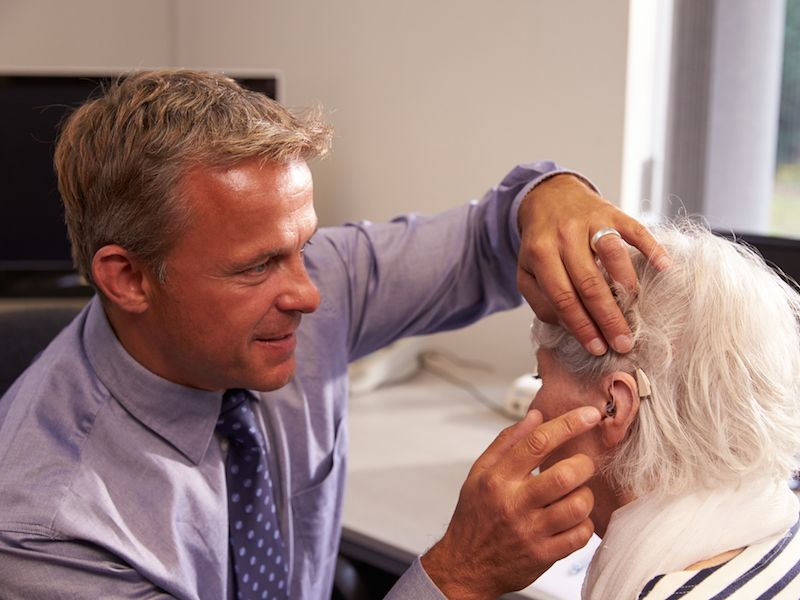
The numbers don’t lie: at some time in your life, you’re more than likely going to require a hearing aid. A report from NIDCD estimates that around a quarter of all individuals from 60 to 75 have some kind of hearing loss, and that figure goes up to 50% for those 75 and older. The best way to deal with age-related loss of hearing is to wear a hearing aid, but how do you know which model is the right one for you? Hearing aids used to have problems such as susceptibility to water damage and excessive background noise but cutting-edge hearing aids have resolved these sorts of problems. But there’s still a great deal you need to know when selecting a hearing aid to make sure it fits your lifestyle.
Directionality is a Crucial Feature
One critical feature you should look for in a hearing aid is directionality, which is the ability for your hearing aid to focus on the specific noise near you (such as a discussion) while reducing background noise to a minimum. One, or both, of two types of directionality systems are functioning inside most hearing aids, they either focus in on sound directly in front of you, or they focus on sound produced by different speakers and sometimes do both.
Will Your Hearing Aid Interact With Your Phone?
As a country, we’re addicted to our cell phones. Even if you don’t have a smartphone, chances are you have a flip phone. And for the few who don’t actually own a cell phone, you likely still have a land-line. So, how well hearing aid works with your phone is an essential concern when you’re looking at hearing aids. How does it sound? Do voices sound clear? Does it feel easy to wear? Is it Bluetooth Ready? When looking at new hearing aids, you need to take into account all of these.
Are You Inclined to Wear it?
In the past few years, as noted above, the development of hearing aids has significantly improved. One of those advances has been the size and shape of hearing aids, which have moved towards the smaller and more comfortable direction. Still, there are always going to be some trade-offs. It is dependant on what your particular needs are. A smaller hearing aid isn’t as obvious and may fit better but a larger one may be more powerful. The little ones won’t have the features of the larger models and they might get clogged with earwax but they fit inside your ears almost invisibly. On the other side of it, better directionality features and more advanced sound amplification options are available with a behind the ear hearing aid even though it’s a little larger.
What Type of Background Sound Will You be Exposed to?
Wind noise has been an extreme difficulty for hearing aid users since they were developed. Being outside on a windy day with a traditional hearing aid used to mean that you couldn’t hear anything except the wind, which is enough to drive anyone insane. If you’re an outdoors kind of person or you live in a windy place, you’ll want to suppress wind noises with your hearing aid decision so that conversations won’t have that annoying wind howl. Looking for more information about how to pick the right hearing aid? Call us.